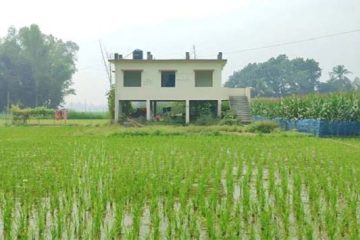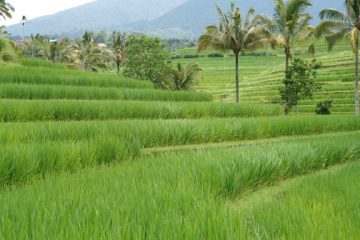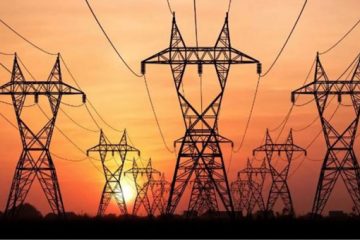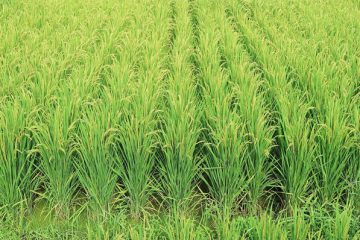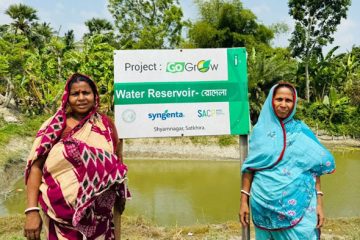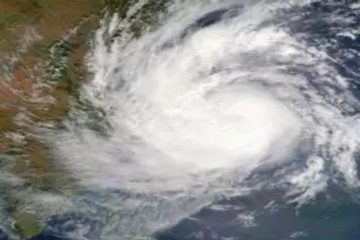 The scanty water flow has been triggering the drying up process of the mighty Padma and its tributaries causing an adverse impact on environment in the drought-prone Barind tract.
The scanty water flow has been triggering the drying up process of the mighty Padma and its tributaries causing an adverse impact on environment in the drought-prone Barind tract.
Experts said the entire northern and southern regions of the country, particularly the vast Barind tract, are facing ecological disorder due to adverse impact of the gradual drying of the river.
They said the water level is being reduced rapidly and it has reached the lowest mark during the current dry season. A large number of big shoals have emerged in the river and its mainstream splitting the flow into numerous tiny and small confluence.
The river has now the lowest water flow in some narrower channels that caused emergence of hundreds of shoals hampering navigability throughout its courses both in the up- stream and downstream, officials and experts said.
Various types of crops especially IRRI-Boro paddy and different other seasonal crops are being cultivated on the riverbed.
Officials of Bangladesh Water Development Board (BWDB) told BSS that the water level has been reducing to a greater extent this season in comparison with the last couple of years.
In addition to the existing numerous ones, more big shoals are being emerged. After analyzing the decreasing trend, the experts expressed their apprehension that the declining condition would continue until the monsoon begins in June next that will lead the entire northern and southern regions to a more disastrous situation.
Meanwhile, the ground water table has been lowering in the vast Barind tract with the reduction of water level in the river creating an apprehension of non-functioning of the hand-driven tubewells.
Former Director of Institute of Environmental Sciences (IES) of Rajshahi University Prof Dr Sarwar Jahan said the drying up of the river and its tributaries has caused abnormal lowering of the underground water levels and also seriously affected the traditional irrigation for lack of adequate water flows. Besides, he said the conventional livelihood on the river basin, navigation, environment and bio-diversity have been posed to an alarming threat causing grave concern to the habitations in the river basin.
If this trend continues, he said that the process of desertification would further be intensified in the region leading to a catastrophe in the promising agriculture sector.
In this regard, he also revealed that the adversely reduced water flow has created an alarming situation among the Barind people and others about irrigation in the forthcoming IRRI-Boro season.
He added that the situation may cause an adverse impact on the people whose livelihood largely depends on agriculture and other factors of rice production.
Many water-bodies including canals, ponds and other wetlands have been dried due to disappearing of the surface water resources which may fetch a disastrous condition in the irrigation sector. “Recharging process of the groundwater table is being affected badly due to shortage of surface water resources,” said Assistant Prof Dr Redwanur Rahman of IES.
In this situation, officials of the Barind Multipurpose Development Authority (BMDA), which has been working as the pioneer irrigation providing organization in the region, are worried about proper functioning of the deep tubewells during the current IRRI-Boro season.
BMDA Executive Director Abdul Mannan said the region has been playing a vital role in ensuring food security and socio- economic condition of the region by dint of irrigation facilities.
So, he said, emphasis should be given to making the irrigation sector sustainable for boosting crop production to meet the national demand.

